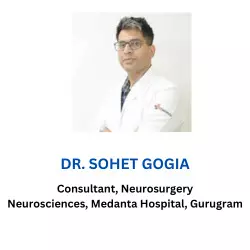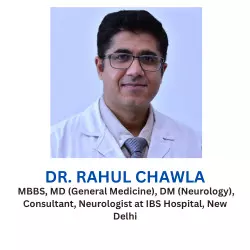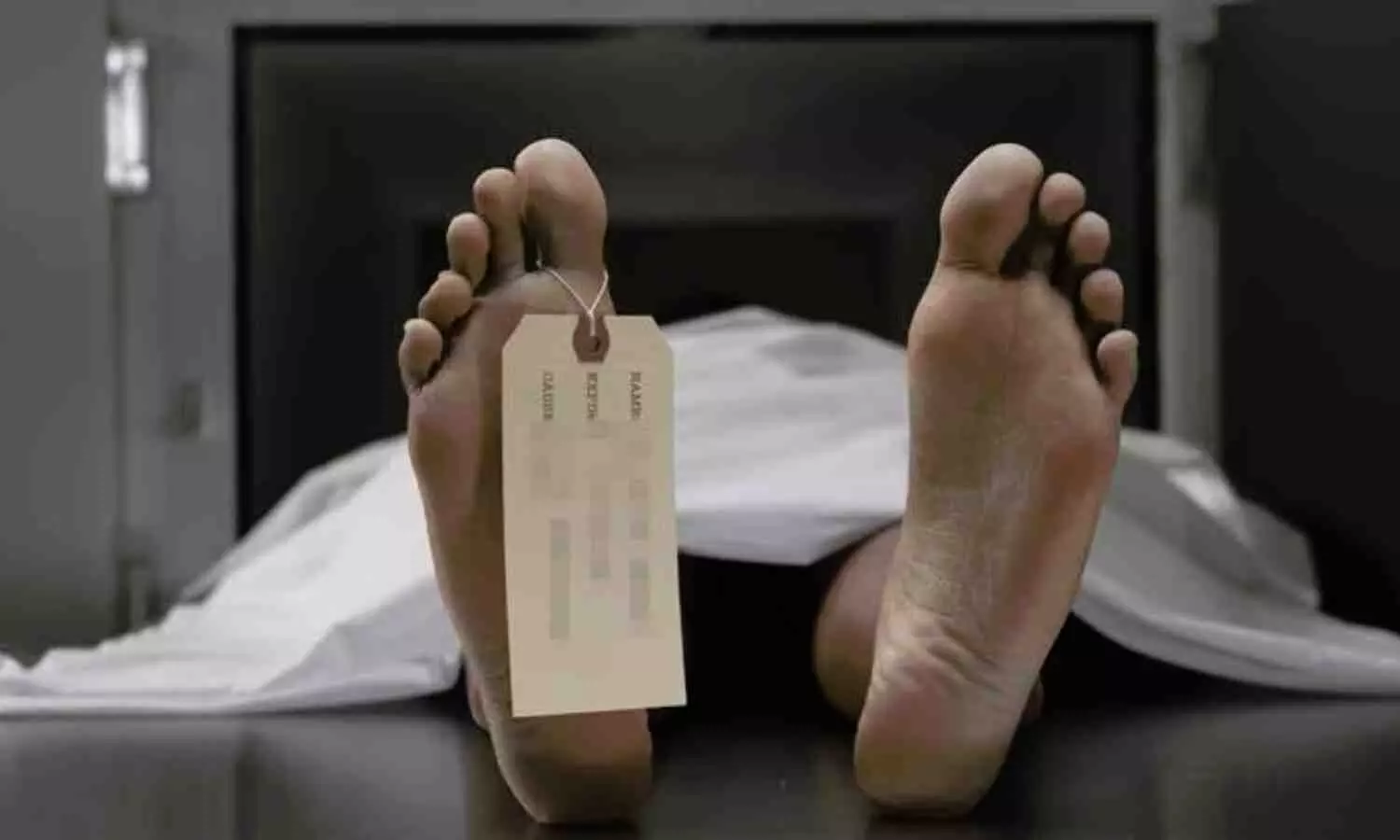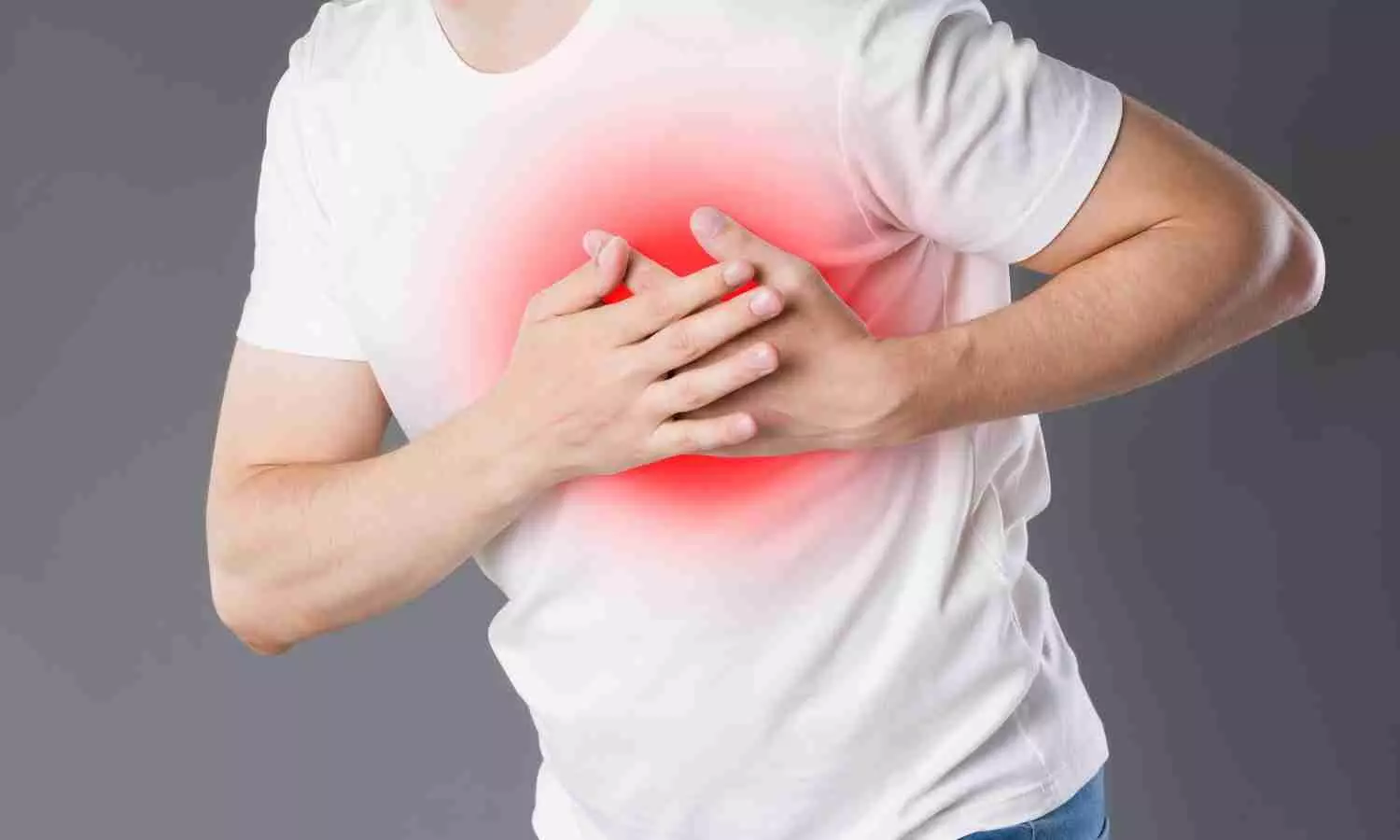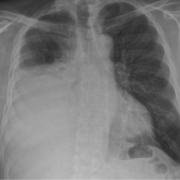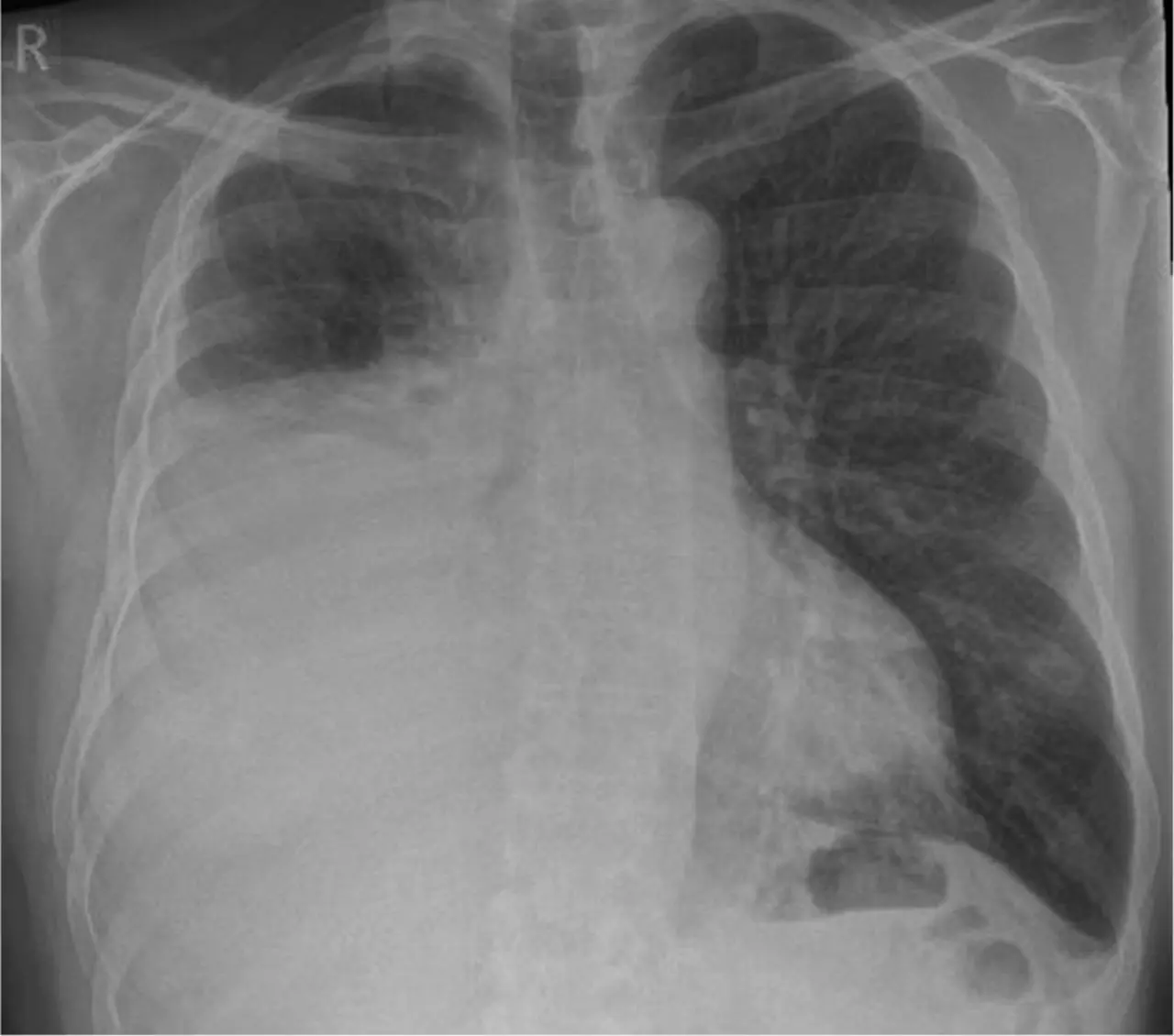These positions include Additional Drugs Controller, Joint Drugs Controller, Deputy Drugs Controller, Assistant Drugs Controller, and Drugs Inspector (Medical Devices), all categorized as Group ‘A’ and ‘B’ posts.
The rules, titled Ministry of Health and Family Welfare, Directorate General of Health Services, Central Drugs Standard Control Organisation, Medical Device Vertical (Group ‘A’ and ‘B’ Posts), Recruitment Rules, 2024, will come into effect from the date of their publication in the Official Gazette, ie. November 6, 2024.
The notification outlines the number of posts, their classification, and the corresponding pay levels as detailed in the annexed schedule. It also specifies the recruitment methods, age limits, qualifications, and other requirements for these positions. One key provision of the rules addresses disqualifications, stating that individuals who have entered into or contracted a marriage while their spouse is still living, or who are already married and enter into another marriage, will be ineligible for appointment. However, exemptions may be granted by the Central Government if the marriage is permitted under personal law and there are other valid grounds for doing so.
Additionally, the rules state that individuals already holding the positions of Assistant Drugs Controller or Drugs Inspector (Medical Devices) on a regular basis before the implementation of these rules will be deemed to have been appointed under these new rules. Their prior service will be recognized for purposes of seniority, probation, confirmation, and promotion within the service.
The Central Government has been granted the authority to relax any of the provisions of these rules, if necessary, for certain categories of people, after consulting with the Union Public Service Commission. Lastly, the rules ensure that reservations, age-limit relaxations, and other concessions for Scheduled Castes, Scheduled Tribes, Other Backward Classes, ex-servicemen, and other special categories of persons will remain in place as per the existing government orders.
Here are the details of the rules regulating the method of recruitment to the posts of:
1. Additional Drugs Controller (I)
The Additional Drugs Controller (I) is a Group ‘A’ Gazetted, Non-Ministerial position within the General Central Service, with a pay scale at Level 13A (Rs. 131100-216600) in the pay matrix. It is a selection post without age restrictions for direct recruitment, and qualifications for direct recruits do not apply to promotees.
Recruitment is primarily by promotion, with deputation as a secondary method if needed. Promotion requires two years of regular service at the Joint Drugs Controller (I) level (Level 13) and completion of mandatory training. Deputation candidates must hold an analogous post or have two years of service at Level 13, with either a Master’s degree and 14 years or a Bachelor’s degree and 16 years of relevant experience in fields like Biomedical Engineering, Pharmacy, or Life Sciences. A Ph.D. is desirable.
Deputation is limited to a maximum of three years, and applicants must be under 56 years of age at the application closing date. The Departmental Promotion Committee, which includes a UPSC representative, oversees promotions, though UPSC consultation is not required for other recruitment aspects.
2. Joint Drugs Controller (I)
The Joint Drugs Controller (I) position is classified as Group ‘A’, Gazetted, Non-Ministerial under the General Central Service, with a pay scale at Level 13 (Rs. 123100-215900). It is a selection post, and recruitment is mainly through promotion, with deputation (including short-term contracts) as an alternative.
For promotion, candidates must have five years of regular service as Deputy Drugs Controller (I) in Level 12 (Rs. 78800-209200) and complete mandatory training. For deputation, candidates must have either an analogous post or five years of service at Level 12, along with a Master’s or Bachelor’s degree in relevant fields and experience in medical device regulation or manufacturing.
Deputationists cannot be considered for promotion, and the maximum age for deputation is 56 years. The Departmental Promotion Committee consists of senior officials, but consultation with the Union Public Service Commission is not required for this recruitment.
3. Deputy Drugs Controller (I)
The Deputy Drugs Controller (I) position is classified under the General Central Service as Group ‘A’, Gazetted, Non-Ministerial, with a pay level of 12 (Rs. 78800-209200). It is a selection post, and recruitment is primarily through promotion, with deputation (including short-term contracts) as an alternative. Promotion is possible for Assistant Drugs Controllers (I) in Level 11 (Rs. 67700-208700) with five years of service and completion of mandatory training.
For deputation, candidates must have five years of regular service at Level 11 and possess a Master’s or Bachelor’s degree in relevant fields, along with the required experience in medical device regulation or manufacturing.
Deputationist cannot be considered for promotion, and the maximum age for deputation is 56 years. The Departmental Promotion Committee comprises senior officials, and consultation with the Union Public Service Commission is not required.
4. Assistant Drugs Controller (I)
The Assistant Drugs Controller (I) position is a Group ‘A’, Gazetted, Non-Ministerial role with a Level-11 pay scale (Rs. 67700-208700). The age limit for direct recruits is up to 40 years, with a five-year relaxation for government servants.
Educational qualifications include a Master’s degree in a relevant field and four years of experience, or a Bachelor’s degree with six years of experience in medical device manufacturing, testing, or regulation. Recruitment is 50% through direct recruitment and 50% through promotion or deputation. Promotion is for Drugs Inspectors with eight years of service, while deputation is for officers with varying years of service in lower levels (8, 9, or 10).
The maximum age for deputation is 56 years, and the deputation period should not exceed four years. The Departmental Promotion Committee includes senior officials from the Ministry of Health and the Central Drugs Standard and Control Organisation. The Union Public Service Commission is consulted for direct recruitment and promotion.
5. Drugs Inspector (Medical Devices)
The Drugs Inspector (Medical Devices) position is a Group ‘B’, Gazetted, Non-Ministerial role with a Level-8 pay scale (Rs. 47600-151100). The age limit for direct recruits is up to 30 years, with a five-year relaxation for government servants. The required educational qualifications include a Bachelor’s degree in Engineering (Biomedical, Chemical, Mechanical, etc.) or Pharmacy, Pharmaceutical Sciences, Microbiology, or Life Sciences from a recognized university.
Recruitment is 50% through direct recruitment and 50% through promotion or deputation. Promotion is for Assistant Drugs Inspectors (Medical Devices) with six years of service and mandatory training. Deputation is available for officers with relevant experience and educational qualifications from the Central or State Governments, Public Sector Undertakings, or other recognized institutions.
The maximum age for deputation is 56 years, and the deputation period should not exceed three years. The Departmental Promotion Committee includes senior officials from the Ministry of Health and Drugs Controller (India). Consultation with the Union Public Service Commission is required for direct recruitment.
However, industry body, AiMED has raised objection to the new notification. Speaking to Medical Dialogues, Rajiv Nath, Forum Coordinator, AiMeD said, “The govt had earlier appointed 23 Drugs Inspectors from engineering background but to our knowledge till end of 2023 not appointed them as Medical Devices Officers. Instead the Government redesignated 236 Drugs Inspector from pharmacy background as Medical Officers without adequate competency development that’s been leading to hardship of medical devices manufacturers as their factories are being scrutinised by Drugs Background experts . It’s like seeking airforce cadets to be qualified by naval or army instructors. It’s imperative for the growth of the medical devices industry to be unshackled from the Drugs Regulatory regime and have a separate regulatory division independent of Drugs as is the case of FSSAI manned by competent and trained staff – without pharmacists with bias of drugs based regulations. The separation had started by the Separate medical devices rules and last year the Parliament Committee on Health recommended in its report 138 and re- asserted in its report 146 of the need for India to have a separate regulatory framework and regulator for medical device considering the vast difference in diverse technologies and risk management approach for engineered medical devices that are not chemistry based pharmaceuticals and we recommend that these regulations need to as per best international practices.”
“We regret that this notification was passed without consulting the Industry or being tabled to Medical Devices Technical Advisory Group as now Pharmacy background regulators will be happy with the recent announcement as they feel now they will be promoted also to Medical Devices vertical as post have been made ADC I DDC I JDC I as these have not specifically restricted qualifications for Medical Devices vertical as being relevant engineering and science based as desired for medical devices and current CDSCO and SLA are already dominated with Pharmacists background regulators,” Nath further expressed.
To view the official notification, click on the link below:







